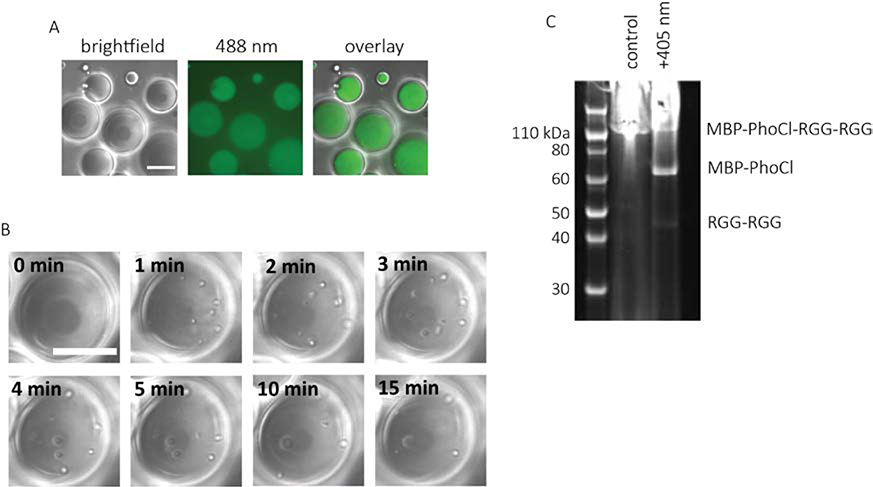Figure 2. Light induced formation of protein coacervates.
A. Image of water-in-oil emulsions containing 2 mg/mL MBP-PhoCl-RGG-RGG. The aqueous phase contained 150 mM NaCl and 20 mM tris, pH 7.4. Image was taken in DIC and 488 nm channel. There were no visible protein coacervates before light exposure. B. Time-lapse DIC images of protein-containing emulsions after exposure to 405 nm light (5 second light pulse, 7.9 mW/cm2). Arrows indicate the location of protein condensates inside the water droplets. Scale bars: 20 μm. C. SDS-PAGE gel showing MBP-PhoCl-RGG-RGG with and without exposure to 405 nm light (5 second light pulse, 7.9 mW/cm2). The emulsions were centrifuged to recover the water phase before performing gel electrophoresis on both the light-exposed and control protein.

